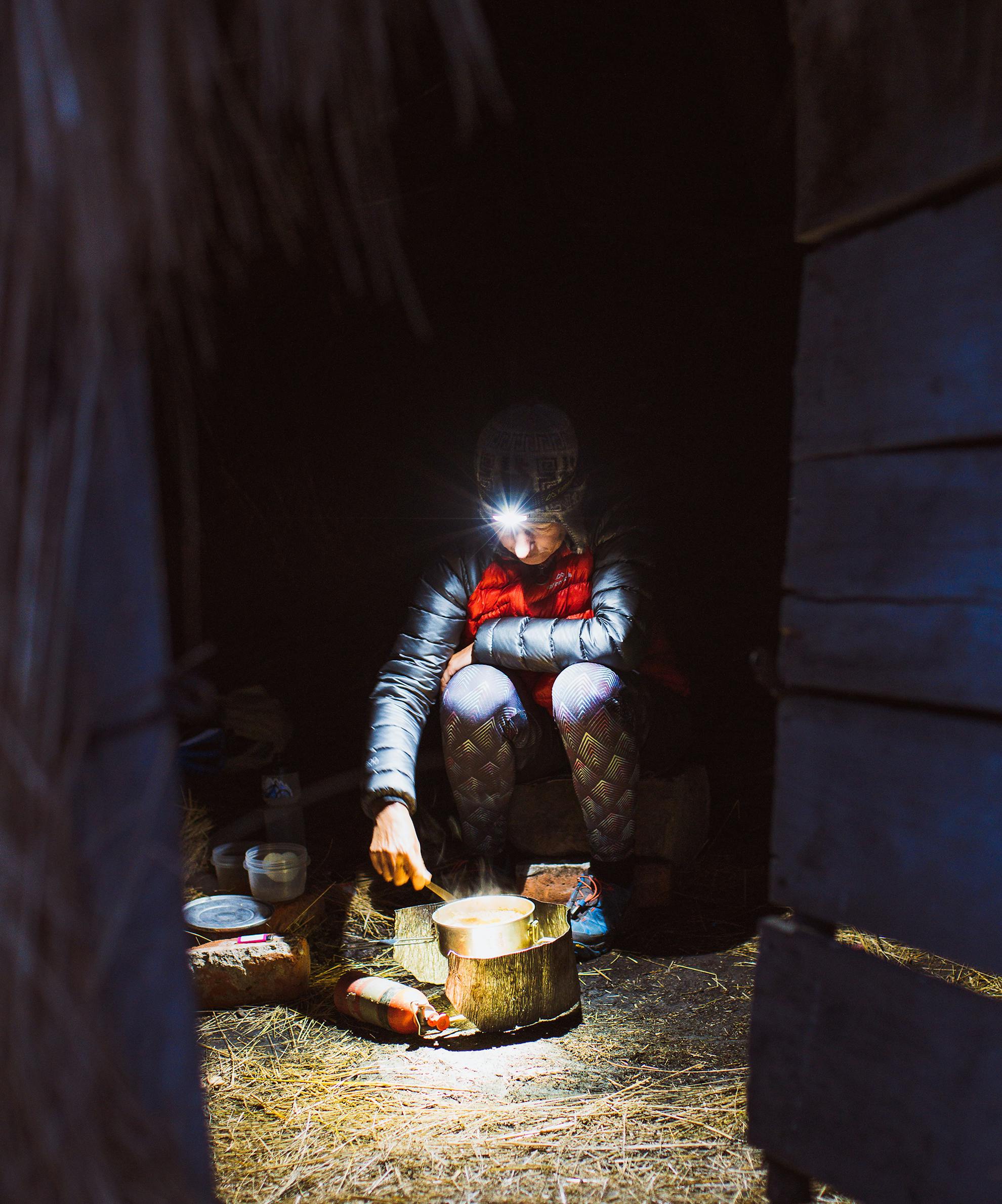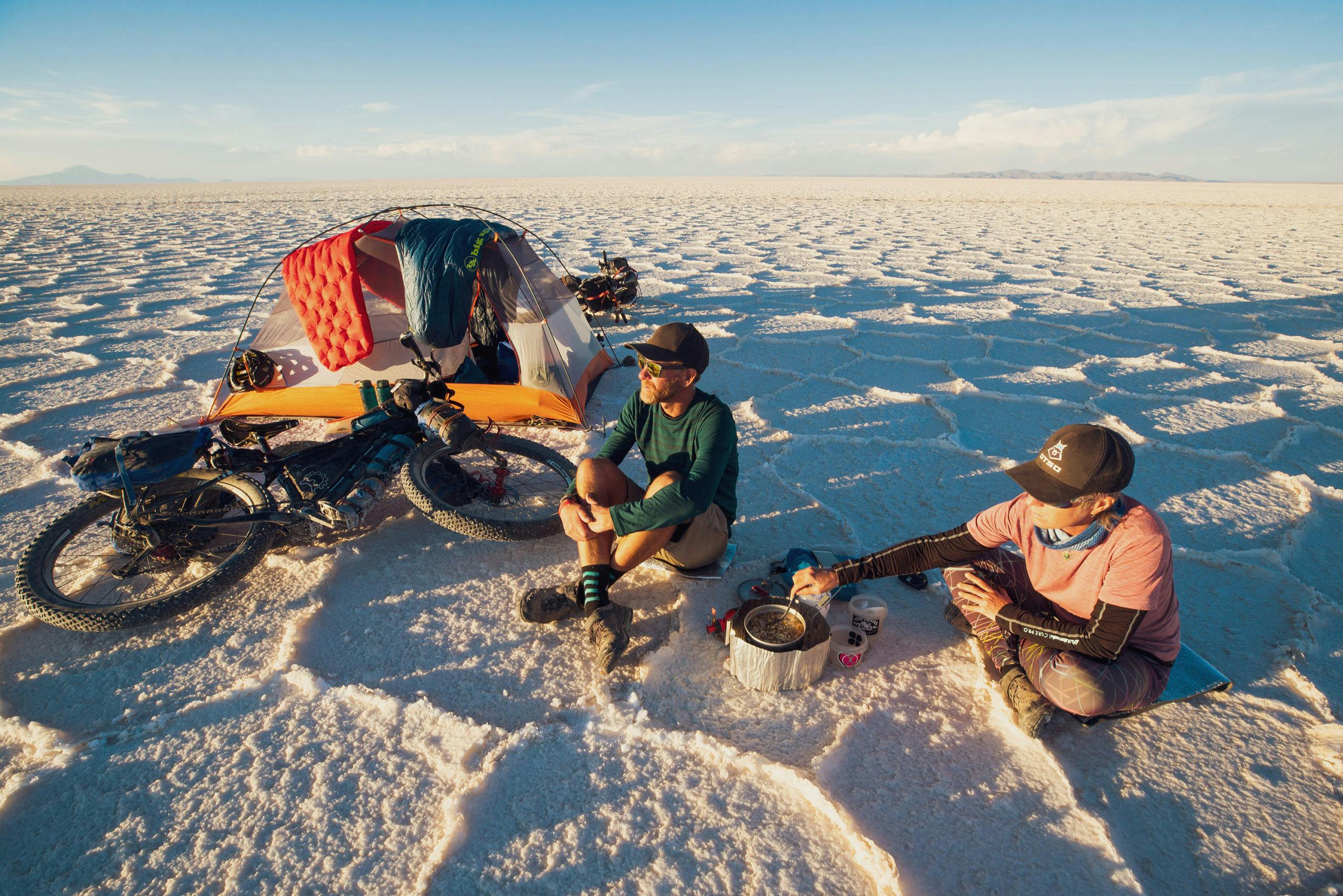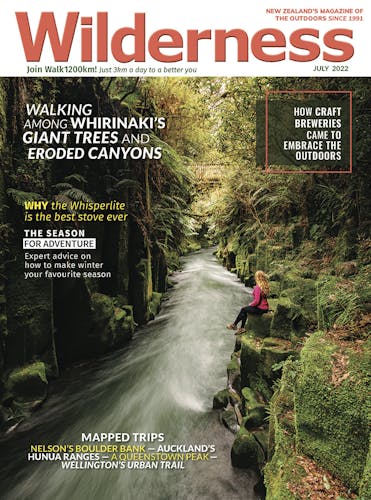Our gear editor’s MSR Whisperlite is well travelled, from European road-tripping to cycle touring in Asia and an epic 45,000km journey in the Americas. It has cooked udon in Luding and quinoa in Q’ero with fuel from hundreds of sources. What is it that makes this stove so enduring?
There was a time when MSR stoves were ubiquitous. A few years ago you could visit any backcountry hut and, if you had company, they would more than likely all be cooking on the same noisy conversation-killing device. Many of us will be familiar with that moment when the final hut meal is cooked and silence – and then chit chat – returns. Some MSRs are noisier than others, with the aptly named Whisperlite being much more bearable than the jet turbine roar of a Dragonfly or XGK.
Huts seem quieter these days. Jetboils and other super-light canister stoves have become more common, and while being more agreeable for user’s hearing, they’re a less environmentally friendly option. I’m guilty of using canister stoves too, but for a few reasons the MSR Whisperlite still holds high priority in my gear inventory.
I first heard of MSR stoves when Kiwi mountaineer Peter Radcliffe joined my high school in the mid-1980s as a relief teacher. Radcliffe had been an active climber both in New Zealand and overseas in the 60s and 70s and was author of Land of Mountains, a book about the peaks of the Southern Alps and beyond. As a keen teenage climber, I treasured this book. As far as my mate and I were concerned, we had a celebrity climber at our college and we spent many lunch breaks listening to his adventure stories.
Peter sold us some of his old climbing gear. I walked away with an ice hammer and Gwilym bought Peter’s old MSR XGK, then the stove of choice for hardcore mountaineers.
Peter told us the indestructible stove had been run over by a truck in the Himalayas, that he had managed to re-expand the crushed fuel bottle with its own fuel pump – which sounds dubious – and that he’d run it on even the filthiest kerosene bought on street corners. I hope the price accounted for its chequered heritage.
While the Whisperlites I have owned are engineeringly more refined than that battered XGK, it’s still the MSR’s ability to cope with varied and dubious fuel sources and minimal maintenance that makes them my preferred stove for international travel. Night after night for over three years I cooked on a Whisperlite while cycling through North, Central and South America. In the USA there was pure Coleman-brand white gas, but in the developing countries, unleaded petrol was the main fuel source. The beauty of this was that, even in the smallest village, there would be someone willing to sell us a little black market fuel at ‘gringo’ prices. Sometimes this fuel came in repurposed Coke bottles, and more than once it was syphoned directly out of a motorcycle fuel tank.

We almost had to eat cold freeze-dry on the first night of that epic journey, though. At the end of day one, after leaving the Arctic coast at Deadhorse and cycling 115km on the Dalton Highway, we set up camp for our first night in the Alaskan wilderness. Out came the stove, and shortly after pumping it up to pressure, out came the fuel, too! Having sat unused for several months, a pump seal had dried and cracked. Our precious fuel was leaking onto the tundra. But any sensible MSR owner carries one of the brand’s nifty repair kits with spare O-rings, so we were able to replace the seal, get the stove cranking, and get back to watching for grizzlies.
While the fuel seal problem served me right for not checking the stove before the trip, I’ll blame it on the fact that the stove had veritably hummed along for so long I’d more or less forgotten they require a bit of attention from time to time.
It’s a miracle the stove had worked so well for so long considering the myriad questionable fuel sources we used in 16 different countries in the Americas. In fact, aside from cleaning the burner jet a few times, we did little maintenance in nearly four years. But one day in northern Argentina it just stopped. The fuel was no longer reaching the burner head. There would be no coffee that morning.
The stove’s reliability in spite of dirty fuel, desert dust, freezing nights and years in a pannier, meant we’d never once cleaned the fuel line. On that day it was all too much and it seized. Whisperlite fuel lines have an in-situ stainless steel cable which can be drawn through the line with the included multipurpose servicing tool, to scour out the gunk. But so gunked was ours, it would not move one millimetre. We went to a workshop where they put the cable in a vice and tried to yank it out. No luck. We poured a different solvent down it. Still jammed.
We rode to another workshop where they had a blowtorch. Two guys opened up a dirty old garage for us. It looked more like a museum than a place where you’d fix anything, but they picked up a small gas torch, like you’d use for paint stripping, and proceeded to scorch the fuel line. After a few minutes of black smoke billowing out of the end, it finally got hot enough to carbonise 16 countries’ worth of fuel gunk, and with a good tug in the vice the cable freed itself from the fuel line along with a lot of black crud. Some vigorous cleaning followed, the fuel flowed again and dinner that night was hot.








